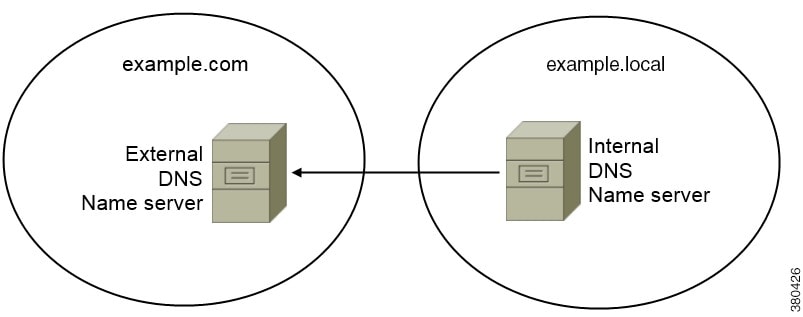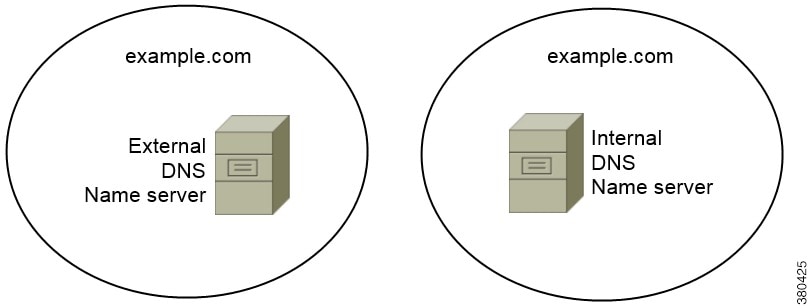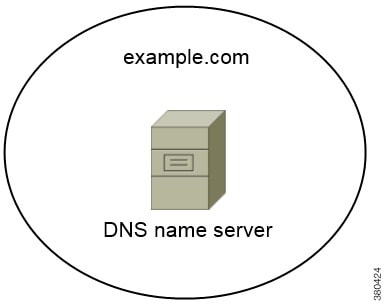Contents
- Domain Name System Designs
- Separate Domain Design
- Same Domain Design
- Same Domain, Split-Brain
- Same Domain, Not Split-Brain
Domain Name System Designs
Separate Domain Design

An example of a separate domain design is one where your organization registers the following external domain with an Internet name authority: example.com.
- The internal name server has zones that contain resource records for internal domains. The internal name server is authoritative for the internal domains.
- The internal name server forwards requests to the external name server when a DNS client queries for external domains.
- The external name server has a zone that contains resource records for your organization’s external domain. The external name server is authoritative for that domain.
- The external name server can forward requests to other external name servers. However, the external name server cannot forward requests to the internal name server.
Same Domain Design
An example of a same domain design is one where your organization registers example.com as an external domain with an Internet name authority. Your organization also uses example.com as the name of the internal domain.
Same Domain, Split-Brain

Two DNS zones represent the single domain; one DNS zone in the internal name server and one DNS zone in the external name server.
Same Domain, Not Split-Brain

In the same domain, not split-brain design, internal and external hosts are served by one set of name servers and can access the same DNS information.
This design is not common because it exposes more information about the internal network to potential attackers.